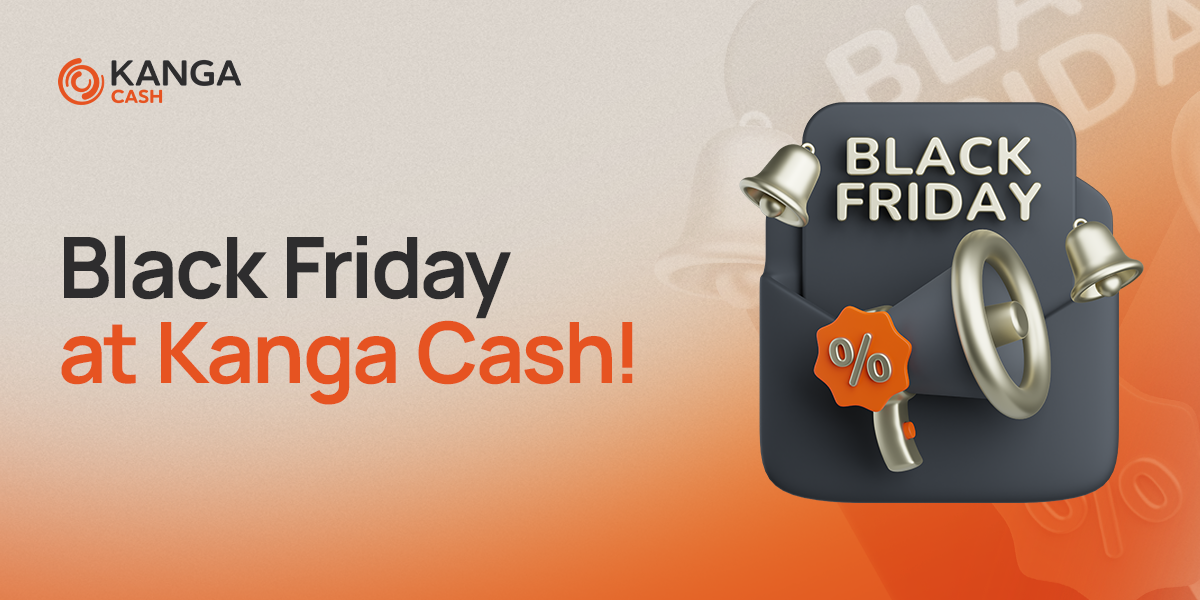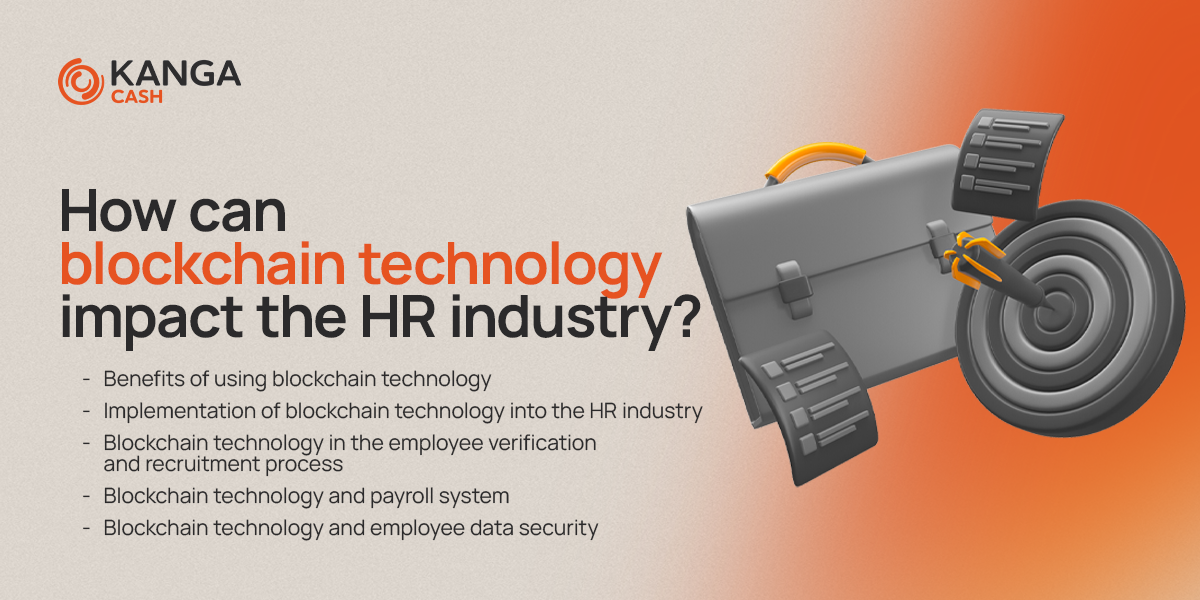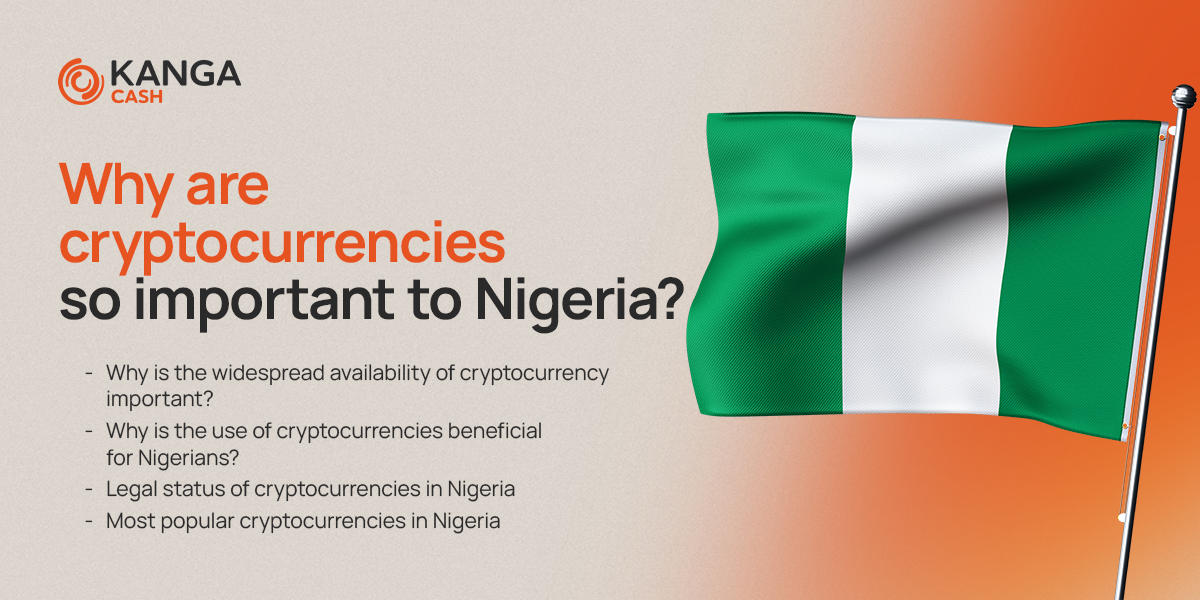The Merge ETH - What was it and what did it change?

After several years of anticipation, the crypto community finally got a key update to the ETH network. The famous The Merge, which took place on September 15, 2022, dramatically changed the way transactions carried out on the blockchain are verified, i.e. the design of the internal security features. The switch from Proof-of-Work to Proof-of-Stake model turns out to be crucial, thanks to which the energy consumption of the entire system was reduced by 99.95% (sic!).
However, we do not count on being able to explain in a single lead exactly what the Merge ETH 2.0 update was all about and what changes it introduced. Happily, we have an entire article on this, so we invite you to read on!
Origins and assumptions of Ethereum 2.0
To explain the premise behind Merge ETH, the Ethereum Foundation used the following analogy: “The cryptocurrency community has built a new engine and hardened hull of a spaceship. We are after the most important tests and it is almost time to make a mid-course replacement of old components with new ones. However, we are not getting rid of them for good – we are combining them to create a more efficient propulsion system than ever before.”
“The old engine,” the Mainnet blockchain in operation since 2015, used the Proof-of-Work model. Its functionality allowed the secure addition of new transactions at the expense of solving increasingly complex cryptographic puzzles. This placed an additional burden on users’ computers and thus led to higher energy consumption. To better illustrate the situation: the annual operational demand of a single Ethereum network was analogous to the energy consumed by some countries in the same time frame!
Realizing the severity of the problem, Ethereum co-founder Vitalik Buterin outlined a several-step plan to modify the blockchain in use. This one would ultimately take the network to a new level, eliminating its “energy-intensive” pedigree in favor of greener solutions. At the same time, this one could still process thousands of transactions per second and offer special security features for users to protect their privacy.
Step I – The Merge ETH
The first stage of the ETH blockchain modification plan implemented by developers, Ethereum community members and analysts alike was The Merge. Its main goal was to lay the groundwork for a restructuring of the network that, as mentioned earlier, would be less “power hungry.”
Another important issue was to limit the issuance of ETH with dedicated rewards for validators (as they are the network’s conservators of sorts). This would make ethereum a deflationary asset.
Step II – The Surge
Sharding is expected to be implemented on the network in 2023. Referring to the definition provided by the Ethereum Foundation, this is a process involving horizontal separation of databases. This minimizes network congestion and creates space for more transactions. This method is a decentralized alternative to network storage validators.
In addition, thanks to sharding, decentralization (as users have the ability to run an Ethereum node on desktops and mobile devices), and thus network resilience, is advancing.
Step III – The Verge, Purge and Splurge
The final stage involves adapting three consecutive updates to the network. The sequence is assumed to take place over the next few years.
The Verge is to contribute to the introduction of Verkle Trees (not to be confused with Merkle Trees). They share the same functionality, that is, the ability to put a large amount of data in a “tree” and pass access to it to another person via its fragment/root. This is to optimize the way network information is stored and the size of the nodes themselves.
The Purge is tasked with erasing backup data accumulated over years of network operation. This traffic, according to Buterin, will allow it to handle 100,000 transactions per second.
We wish we could tell you more about The Splurge, nevertheless we know virtually nothing about this update. Well, except that, to quote an interested party: “it will be a series of other cool things to be implemented”. Most likely this refers to a series of grinds that will provide the foundation for a smooth network experience. As more information comes to light, you will certainly be able to read about it on our Kantor blog.
It should be mentioned in all this that The Merge, despite its status as a game changer when it comes to modifying the ETH blockchain, is only a prelude to further intensive work on the network. All this is to ensure that ultimately Ethereum will indeed become a fully scalable and low-power platform for decentralized applications.
Thank you for reading the article! For the first 10 people who get here and make a transaction at the exchange office by entering the code “VIVALDI” they will reduce its transaction by 0.5%!


